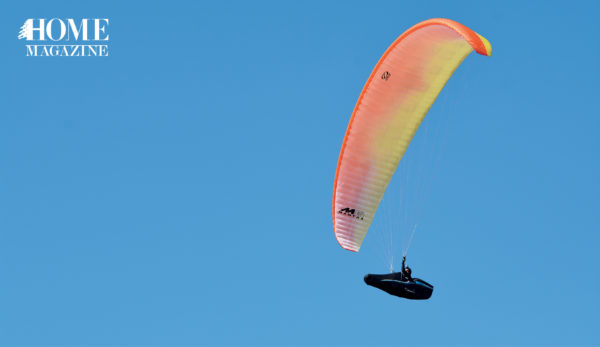Of all Christmas symbols and festivities, the mistletoe remains the most prevalent Christmas decoration and yet the most mysterious in its meaning. We’re here to help you unveil the mystery, one fact at a time.
The festive plant is actually poisonous to humans. Despite its symbolic significance as the ultimate Christmas ornament, it is by no means recommended that you try to taste mistletoe as its white berries are poisonous for humans and consuming them could induce a variety of symptoms including drowsiness, vomiting and seizures.
But despite being poisonous to humans, mistletoe plays a key role in promoting wildlife. The plant’s berries are favored by a number of mammals (including deer, squirrels and chipmunks) and birds (house wrens, chickadees and mourning doves among others) during winter season when other foods are scarce. Three types of butterflies in the US even depend on mistletoe for survival while some species bees feed on its nectar.
There isn’t just one type of mistletoe. There are up to 1,300 mistletoe varieties around the world, 20 of them classified as endangered. Mistletoe grows in tangled stems that could grow up to five feet tall and are sometimes referred to as ‘witches’ brooms’ as they develop into thick basket-like structures.
Kissing under the mistletoe. The world-famous tradition of kissing under the mistletoe originated in ancient Greece as the plant was associated with fertility and present at wedding ceremonies. In Norse mythology, mistletoe was sacred to Frigga, the goddess of love, whose son was shot by Loki, the god of mischief, with an arrow carved from the plant itself. And after Frigga managed to revive her son under the mistletoe (some say her tears morphed into the white berries that grow on the mistletoe and her son only came alive once she placed the berries upon his chest), she decreed that whoever stands beneath the plants shall be granted a kiss and be forever protected from death.
Hanging mistletoe inside the house. The tradition dates back to the time of the Druids who believed that it would bring them good luck and ward off evil spirits. But you might be surprised to know that Christians in Western Europe did not quite welcome the idea of hanging mistletoe around their HOMEs at first and even tried to ban it altogether.
The plant was used as a medicine over the years. Mistletoe was used to help cure a number of illnesses, including leprosy, arthritis and infertility in Europe. Injections of mistletoe were also administered as a remedy for cancer.
Mistletoe was also used across history as a symbol of peace. Warring enemies used to settle their disputes under the mistletoe back in Roman times, as they believed it to be a representation of peace. The plant also symbolized peace during the First World War and was often pictured on postcards that were sent to soldiers.
Mistletoe smells of nothing. We often find merchandise that supposedly has the smell of mistletoe on the market during the holiday season, notably in terms of soaps, air fresheners and candles. However, research has confirmed that the plant does not have a particular smell!
Mistletoe is available in Lebanon from December 15th.
For more information:
http://www.apsnet.org/publications/apsnetfeatures/pages/mistletoe.aspx http://blog.nwf.org/2012/12/12-things-to-know-about-mistletoe/ http://www.cbsnews.com/news/7-surprising-facts-about-mistletoe/

































